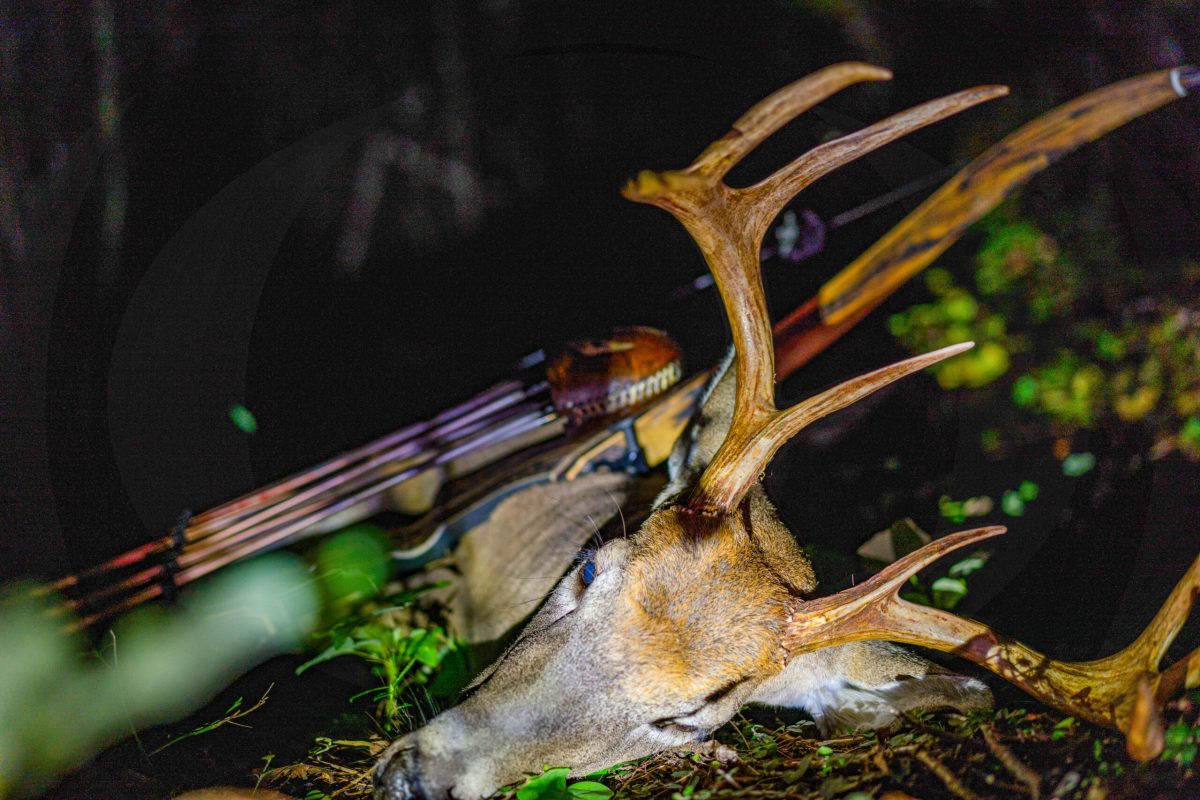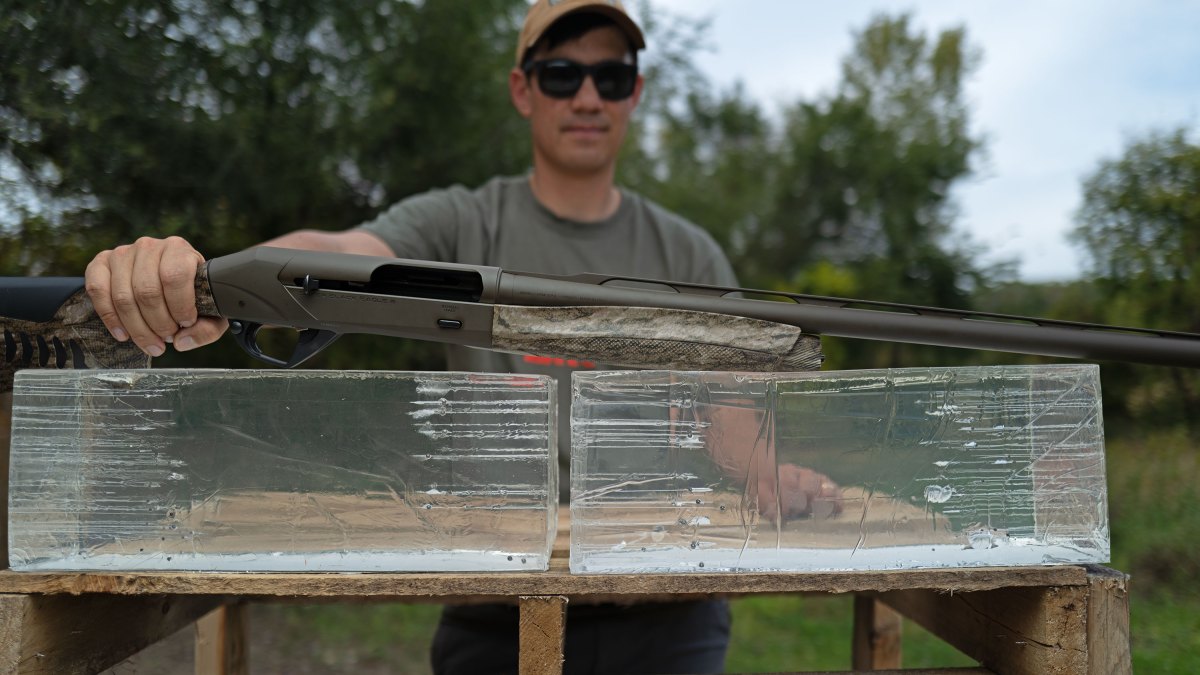How to Become a Party Boat Flounder Pounder

If you’re a saltwater angler living on the Mid-Atlantic Coast through New England, you understand the draw of flounder. Commonly referred to as “fluke” in the Northeast, these flatfish are the most popular inshore target to chase in the summer months, and they’re attainable whether you have a boat or fish on foot. So obsessed with fluke are fishermen in their range that “flatties” are one of the most economically important fish in the ocean. They sustain charter operations, tackle shops, local jig tyers, and countless party boats coastwide.
My first keeper fluke fell on a New Jersey party boat when I was eight, and for decades these operations have been giving boat-less anglers — or those not sure how to attack on foot — the chance to get after them in the ocean for a reasonable fee and hopefully return with a cooler full of delicious keepers. Party boat fluking is perfect for anglers of any skill level, and the crews even provide rental rods and plenty of free tutorials if you’re new to the game. But even though fluke fishing isn’t complicated, there are some things you should know before jumping on deck. Payton Gepp, captain of New Jersey’s Big Mohawk, fishes seasoned vets and vacationing tourists week in and week out, so I asked him to break down a few critical pointers that will help you get the most out of your day before you ever climb aboard.
You can listen to this week’s episode of Quick Strike on Apple, Spotify, or wherever you get your podcasts.
Pack It In
When I was a kid fishing for fluke on party boats, you were given a disposable French fry try full of squid strips and dead spearing for bait. If you used a rental rod, the rig was usually nothing more than a sinker, a leader, and a hook. Despite that simplicity, though, it caught plenty of fluke, but nowadays the game has changed. Light-tackle, artificial presentations dominate fluke fishing, with Berkley’s line of Gulp! lures leading the charge (seriously, nobody should go fluking without some Gulp!). But party boats can’t supply everyone with these modern offerings, so you’ll want to come prepared.
“Fluke fishing has come a long way over the years,” Gepp says. “We now have lighter spinning rods loaded with braid that we rent, and we can teach you how to use them. But we can’t provide Gulp! We’re lucky because there’s a tackle shop right behind the boat, and crew members will actually take people over and show them what to get, but we’re also constantly monitoring which colors are hot, so if you call or message ahead of time, we’ll let you know.”
Though there are hundreds of Gulp! lures that fluke will hammer, if you’re unsure of what to bring, at least have 4- to 6-inch curly tail grubs. Hot colors will always vary, but white, chartreuse, and pink are staples. Also keep in mind that party boats often seek out areas of hard bottom, and these days a standard rig consists of a heavy ball jig with a soft-plastic, and then a second soft-plastic teaser above it on a dropper loop. Whether you’re buying tackle on a party boat or ahead of time, factor in that you might lose a bunch to snags. It’s always better to have more jigs and Gulp! on a trip than you think you need.
Pass (On) the Meat Stick
I’ve always gotten a laugh at how party boats advertise that they go “deep sea fishing.” That phrase was coined ages ago specifically to entice non-anglers, as it sounded mysterious and adventurous and hopefully drew more paying clients on board. On the tackle sales side, “deep sea” combos weren’t hard to find. Just a few decades ago you’d see people on board dropping telephone pole-thick rods matched with large conventional reels loaded with heavy monofilament. I can tell you with certainty that if you’re going to jump on a party boat these days, you don’t need that much fire power.
“A 7- to 8-foot spinning rod is perfect,” Gepp says. “You definitely don’t want anything longer because it can be tough to maneuver if the rails are crowded. Most importantly, you want a rod that can handle one to two-and-a-half-ounce jigs, but that doesn’t mean you need a heavy rod. A lot of people who bring their own tackle show up over-gunned. Modern fluke fishing is all about maintaining feel and sensitivity. Braid alone helps you get lighter jigs down faster and you’re constantly moving them. It’s not like the old days where people just dragged the bottom.”
There are times when party boats head out to water deeper than 50 feet, which does require heavier gear and sinkers to fish effectively, but most of the time summer fluking happens in less than 30 feet of water. While that might seem deep if you’re not used to saltwater pursuits, it’s actually very shallow, and it doesn’t require much weight to stay on bottom. At these depths, though, if you’re stuck with a broomstick and 8 ounces of lead, you will likely be at a disadvantage.
In Position?
Pay attention to party boat regulars and you might notice they get onboard earlier than everyone else. They do this so they can score a prime position at the rail, with the bow and the stern corners being most coveted. The rear corners are prized because they allow a little more swing room for your rod, and if the boat is chumming for something like tuna or yellowtail snapper in Florida, a spot at the back gives you an edge. But when it comes to fluke fishing, where you stand isn’t as important according to Gepp.
“Sometimes your position can matter, but only if you know how to use that spot,” he says. “As an example, guys like the bow because they have room to cast up current and over the anchor to get a longer swing during that drift. But if you’re up there and just dropping straight down, there’s not much advantage. To be honest, 90 percent of the fish I see over ten pounds are caught by people right in the middle of the boat.”
Unlike anchoring over a wreck or targeting suspended fish like stripers, party boats are covering a wide swath of area with good structure all around. So, it’s not as though the captain is marking a pile of fish and those directly over the sonar transducer have a leg up. This is good to know, especially if you’re a novice fluke angler or party boat patron, because it means there’s no need to sweat it if you show up right before departure. Grab whatever spot is available at the rail and have fun.
Read the full article here









